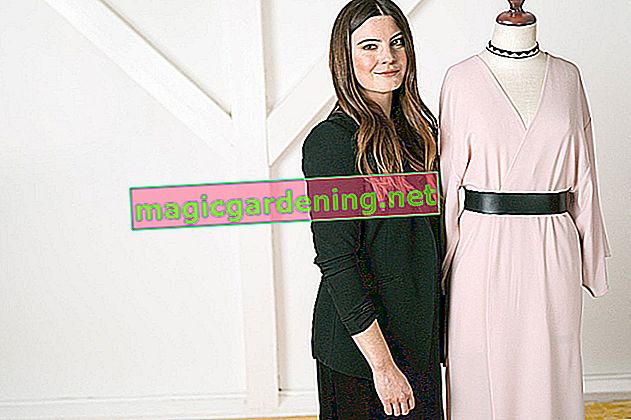
Benefits of thyme as a ground cover
It used to be considered aesthetic to grow each plant in the border with some space around it, that is, as an individual. However, since bare earth usually does not stay bare, such a garden is a paradise for wild weeds and therefore very labor-intensive. For this reason, modern gardeners find it more sensible to let groups of plants merge into one another and thus create a green ceiling. This type of ground cover keeps the weeds out and thus considerably reduces the workload for the borders.
also read
- Thyme as a firm ground cover
- Is the Mühlenbeckia suitable as a ground cover?
- Thyme is easy to multiply
Suitable varieties
The different types of cushion-forming thyme usually remain quite low and reach heights of between two and ten centimeters. Over time, the fast-growing plants develop real mats that are almost impenetrable. Just like conventional thyme types, upholstered thyme can also be used in the kitchen and as a medicinal herb. Thyme mats look particularly pretty between June and July, when the plants are in full bloom and form a thick, fragrant carpet of flowers.
- Thymus cherlerioides (upholstery or field thyme) is a grass-forming dwarf shrub that occurs wild on the Balkan Peninsula and in the Crimea. It flowers violet to scarlet red.
- Thymus praecox - numerous low-growing and cushion-forming varieties, e.g. B. Atropurpurea (lush purple flowers) or Minor (particularly flat and hard-wearing)
Plant ground-covering thyme
Ground covers are competitors of weeds and are therefore effective weed control. However, you need to give the ground-covering thyme plants you want a head start: plant the plants in previously thoroughly tilled, weed-free soil. Also, plant them through a plastic mulch - such as a plastic tarpaulin perforated at regular intervals - and hide them with gravel; you can already reduce your garden weeds to a minimum and give your young plants a valuable growth advantage. You need between seven to ten thyme plants per square meter, this corresponds to a planting distance of between 20 and 25 centimeters.
Choosing the right location
All thyme love a sunny spot in a dry, not too nutrient-rich soil - cushioned thyme are of course no exception. For this reason, ground-covering thyme does not belong under shady trees, shrubs or perennials; but is very suitable for this in stone or gravel gardens and as a planting of terrace beds and embankments. Dry stone walls or troughs can also be greened with upholstered thyme - then the plants grow slightly overhanging.
Tips & Tricks
Upholstered thyme is sure to step on, but not nearly as much as a conventional lawn is. For this reason, a herb lawn is mainly planted in places that are difficult to access for lawnmowers, or should only be used rarely. It is not suitable for playing and romping around. If your path leads through there regularly, you should create a paved path to protect the plants.
IJA








